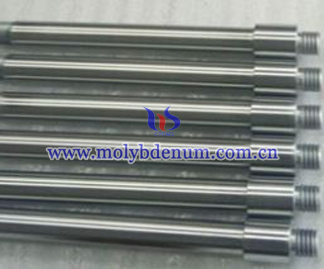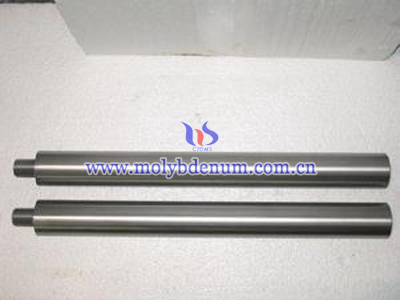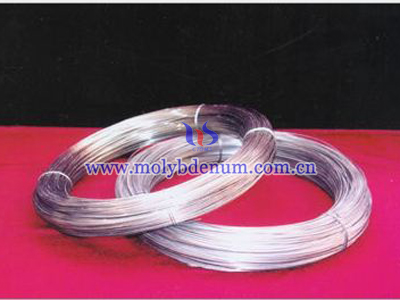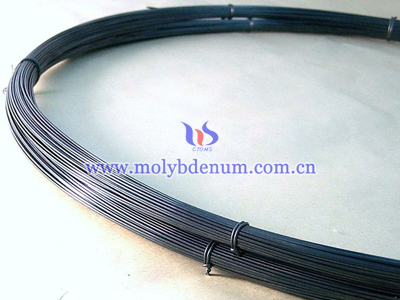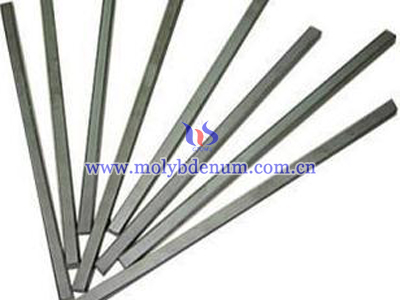Molybdenum Electrode Protection Methods
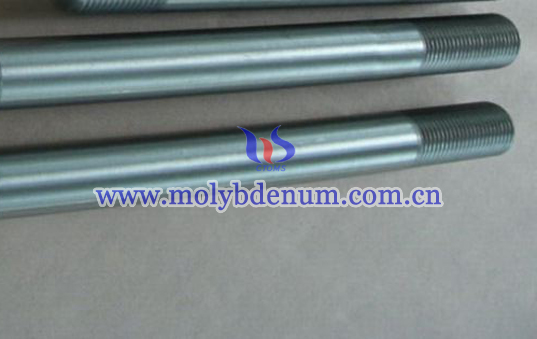
There are many protection methods for molybdenum electrode protecting such as anode protection method, low-frequency current protection method and other protection methods.
1. Anode Protection Method
Molybdenum electrode anodic protection is set up a direct current external electric field on the furnace outside. Besides the electrode as anode and steel plate which affixed to the outside of the furnace wall as the cathode, so that through the conductor of vitreous humor and furnace wall forming a closed circuit. As long as DC current continuously through, around the electrode the electrochemical protection layer is formed, namely the reaction of molybdenum oxide and silicon oxide is generated.
2. Low-Frequency Current Protection Method
Study the effect erosion of different frequencies alternating current to electrode of molybdenum. Costume jewelry and glass institute applied in molten lead crystal glass. In the original design of the dual-chamber all-electric furnace has five pair electrodes, using low-frequency current to protect four pair electrodes, and the transformer’s secondary winding is divided into four separate groups, forming a heating line.
The method of carrying out low frequency protection, observe the operational capability of rotary converters and its role on the grid. In the melting process, consider the power supply frequency, the type of glass, and the relationship between the current density and the melting temperature we can see that operating frequency is determined based on real-time parameters of the furnace. That is to confirm three kinds of glass by require melting rate, electrode surface area and melting temperature.
1) 21% PbO (K64a) glass, 1.3 tons/day, the melting temperature of 1350℃.
2) 24% PbO (crystal) glass, 1.6 tons / day, the melting temperature of 1340℃.
Reaction 1 easy to make a network fault and the structure becomes loose.
Reaction 2, on the one hand destroy key linkage and make structure loose, on the other hand because the cations in the voids to form sub-key and close the network structure. Therefore, in the glass will have monovalent and divalent metal oxides which will cause some different degree damage to networks and the degree of structure loose is also different so the effects on various properties is different. Adding monovalent oxide in the glass has high expansion coefficient than a glass which add divalent oxides, besides the transition temperature is low and refractive index and density small.
3) 30% PbO (OP-30) glass, 1.55 tons/day, the melting temperature of 1340 ℃ and 1/10 Hz power frequency magnitude. Glass melting quality is good and glass defects are lower than one. Without protection electrodes dissolve is hither than protection four times. This kind of protection method melting rate is low, but higher operating reliability.
3. Other Protection Methods
Coated constantan heating element material in the molybdenum electrode to form a protective layer, when using electric furnace bake is will have protective effect on electrode.
Composite electrode is making up by electrodes which insert into vitreous humour and super-constantan which through wall. The electrode of outside furnace doesn’t need to cool water chuck suit for feed channel heating.

